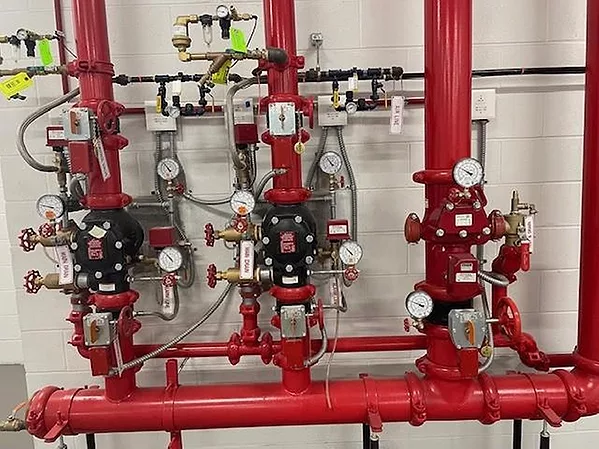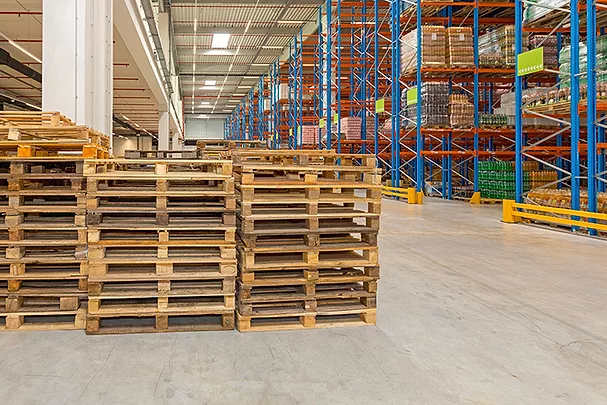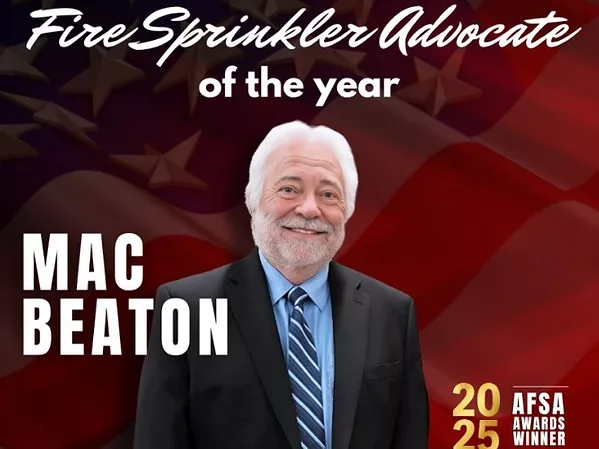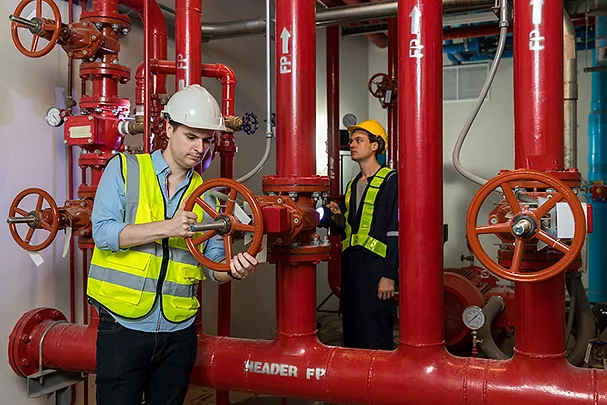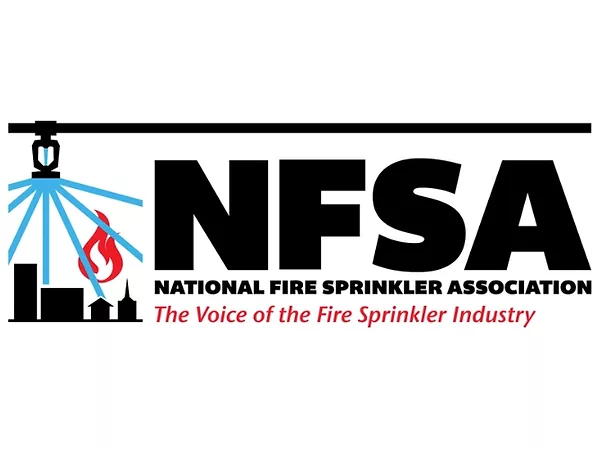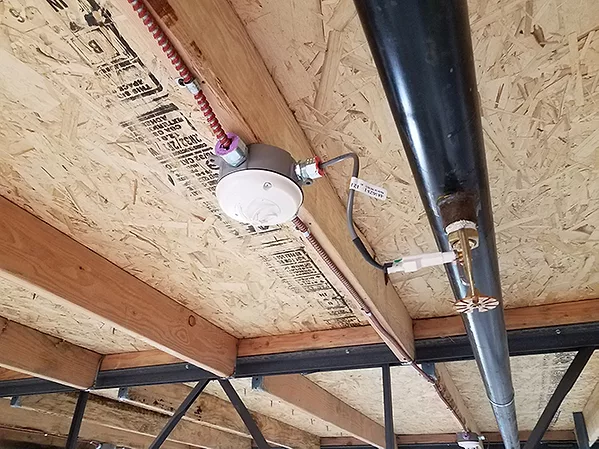Sprinkler Systems
ARTICLES
FPE Corner
Public, private or combined water sources require careful evaluation and maintenance to meet the flow, pressure and quality demands of a fire sprinkler system.
Read More
FPE Corner
Clear the Pipe: A Guide to Fire Sprinkler System Drainage
Coordinating drain locations and discharge points with plumbing
engineers and architects ensures water is safely diverted, preventing damage and maintaining system reliability.
Read More
FPE Corner
How Does NFPA 13 Address Idle Pallet Storage?
Proper protection schemes tailored to wood and plastic pallets are essential to ensure effective fire control in various building types and storage configurations.
Read More
FPE Corner
Guardians of Life Safety
Exploring the critical role of water-based fire protection system
inspectors and inspections in the United States.
Read More
Feature
A New Technology for High-Hazard Fires
Electrically operated sprinklers represent a groundbreaking advancement in fire protection, using addressable detection and simultaneous activation to control high-hazard fires more effectively.
Read More
FPE Corner
Hanging and Bracing
What’s the big deal? NFPA 200 will harmonize requirements across
various systems, addressing gravity and seismic loads.
Read More


